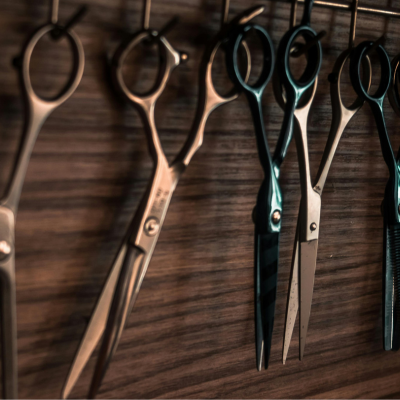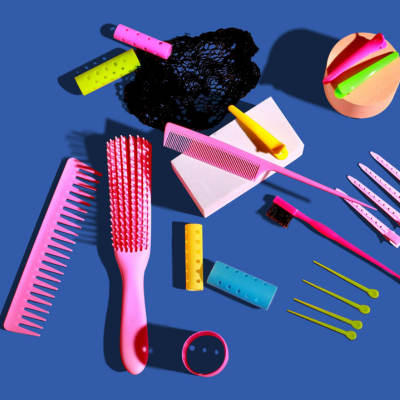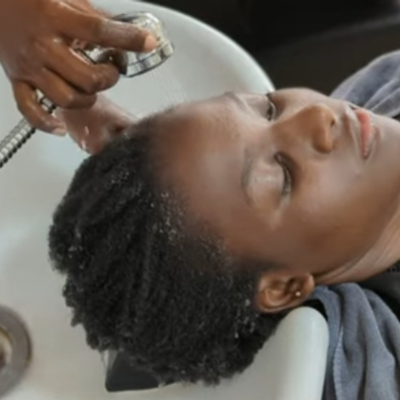- Support 24/7
- +1 (480) 468-4543
- livara@mylivara.com
How to Know When to Trim Your Hair Ends
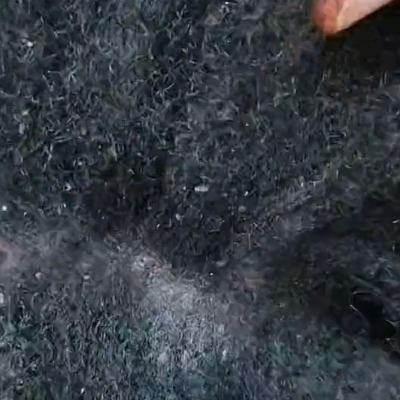
How to Conquer Seborrheic Dermatitis of the Scalp
April 10, 2024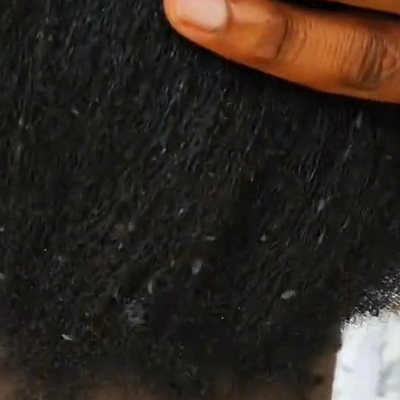
Avoid Buildup In Hair With These 7 Simple Strategies
April 12, 2024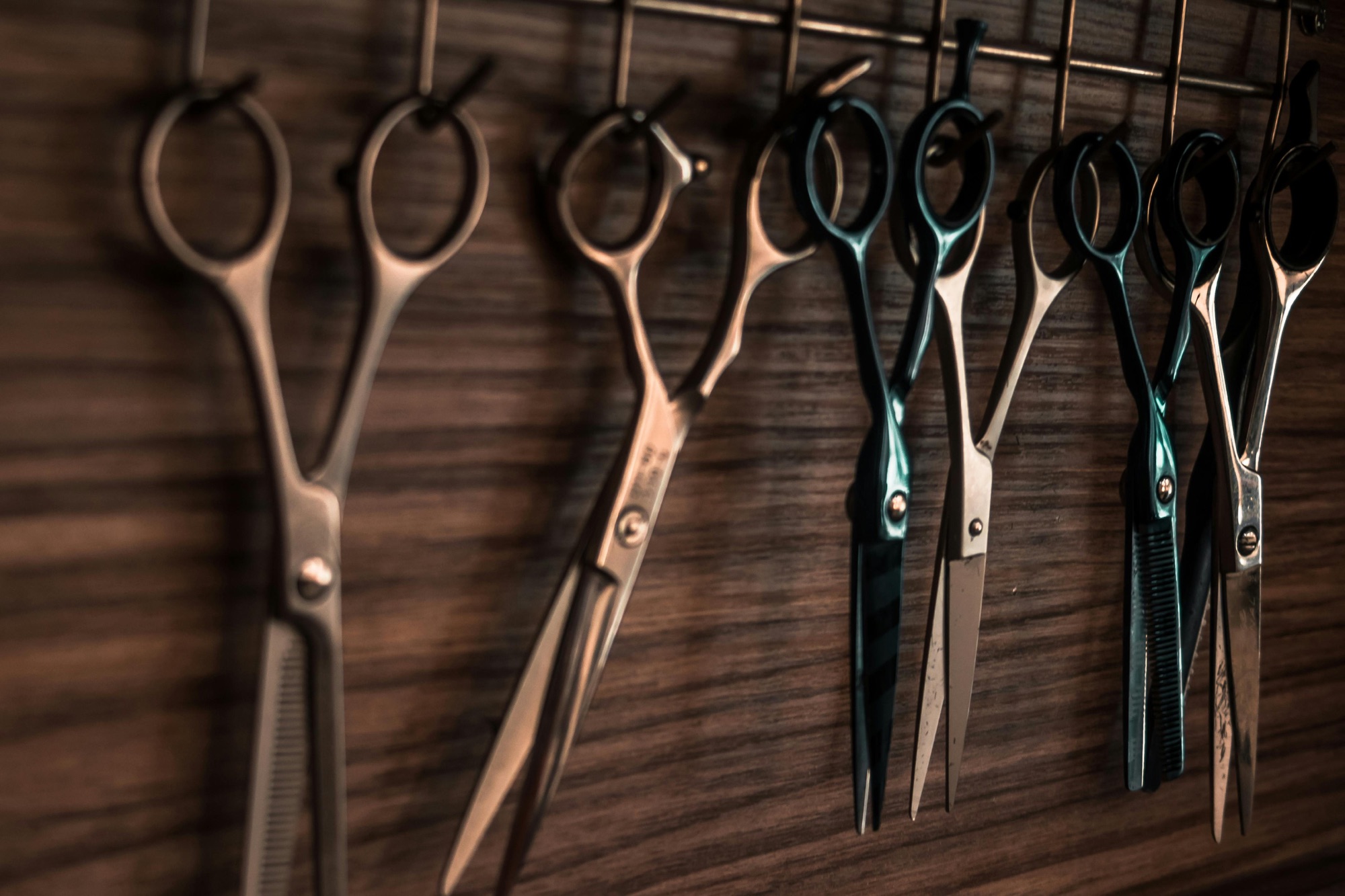
Trimming your hair ends is an essential part of maintaining healthy, vibrant hair. Regular trims help prevent split ends, breakage, and tangling, ensuring that your hair looks and feels its best.
However, trimming your ends when it’s not necessary may just result in you getting rid of your new growth. In this guide, we’ll explore the signs that indicate it’s time to trim your hair ends and share tips for achieving optimal hair health through regular maintenance.
Signs It’s Time to Trim Your Hair Ends
1. Visible Split Ends
Split ends occur when the protective outer layer of the hair cuticle becomes damaged and begins to fray, splitting into two or more strands. If you notice split ends along the length of your hair, it’s a clear indication that your hair is in need of a trim. Leaving split ends unattended can lead to further damage and breakage, so it’s essential to address them promptly.
2. Dryness and Brittle Texture
Dry, brittle hair that feels rough to the touch is often a sign of damage and moisture loss. When the ends of your hair become dry and brittle, they are more prone to breakage and split ends. Trimming away the damaged ends can help improve the overall texture and appearance of your hair, restoring softness and manageability.
3. Tangled or Matted Hair
If your hair frequently tangles or becomes matted, especially at the ends, it may be a sign that the ends are damaged or uneven. Trimming away tangled or matted sections can help prevent further tangling and make detangling easier, resulting in smoother, more manageable hair.
4. Lack of Elasticity
Healthy hair should have a certain degree of elasticity, meaning it can stretch and return to its original shape without breaking. If your hair lacks elasticity and feels stiff or resistant to stretching, it may be a sign of damage or protein loss. Trimming the ends can help remove damaged, weakened hair and promote better elasticity and resilience.
5. Stunted Growth
Despite your best efforts to promote hair growth, if your hair seems to have reached a plateau and refuses to grow past a certain length, it may be due to split ends and breakage. Trimming away damaged ends can stimulate new growth and allow your hair to reach its full potential.
Tips for Trimming Your Hair Ends
- Use Sharp Scissors: Use sharp, high-quality hair scissors to ensure clean, precise cuts and minimize damage to the hair shaft.
- Trim Regularly: Aim to trim your hair ends every 8-12 weeks to prevent split ends and maintain optimal hair health. However, frequency may vary depending on how you take care of your hair and styling habits. If you don’t regularly moisturize your hair, chances are you’ll develop a number of split ends over time. Additionally, if you regularly hear style your hair, you’re at a greater risk of develop long split ends, so you may need to trim them regularly.
- Cut Straight Across: When trimming your hair ends, cut straight across rather than at an angle to achieve an even, uniform length.
- Trim Small Sections: Work in small sections when trimming your hair ends to ensure thorough and precise trimming. This also prevents uneven length after trimming.
- Seek Professional Help: If you’re unsure about trimming your hair ends yourself, or if you have extensive damage or unevenness, consider seeking the assistance of a professional hairstylist or barber. Come by any of our Livara Family Salons and our skilled hairstylists will be more than glad to assist you!
Bottom line
Knowing when to trim your hair ends is essential for maintaining healthy, vibrant hair. By paying attention to signs such as split ends, dryness, tangling, lack of elasticity, and stunted growth, you can determine when it’s time for a trim.
Regular trims, performed with sharp scissors and proper technique, can help prevent damage, promote growth, and keep your hair looking its best. Remember, healthy hair starts with healthy ends, so don’t neglect this crucial aspect of your hair care routine. Remember, you are a gem.
